Blog
7 common myths about drinking water and its sources
Many nonsense myths about water and its sources persist in the public sphere. This article will walk you through the most common and most recent ones.
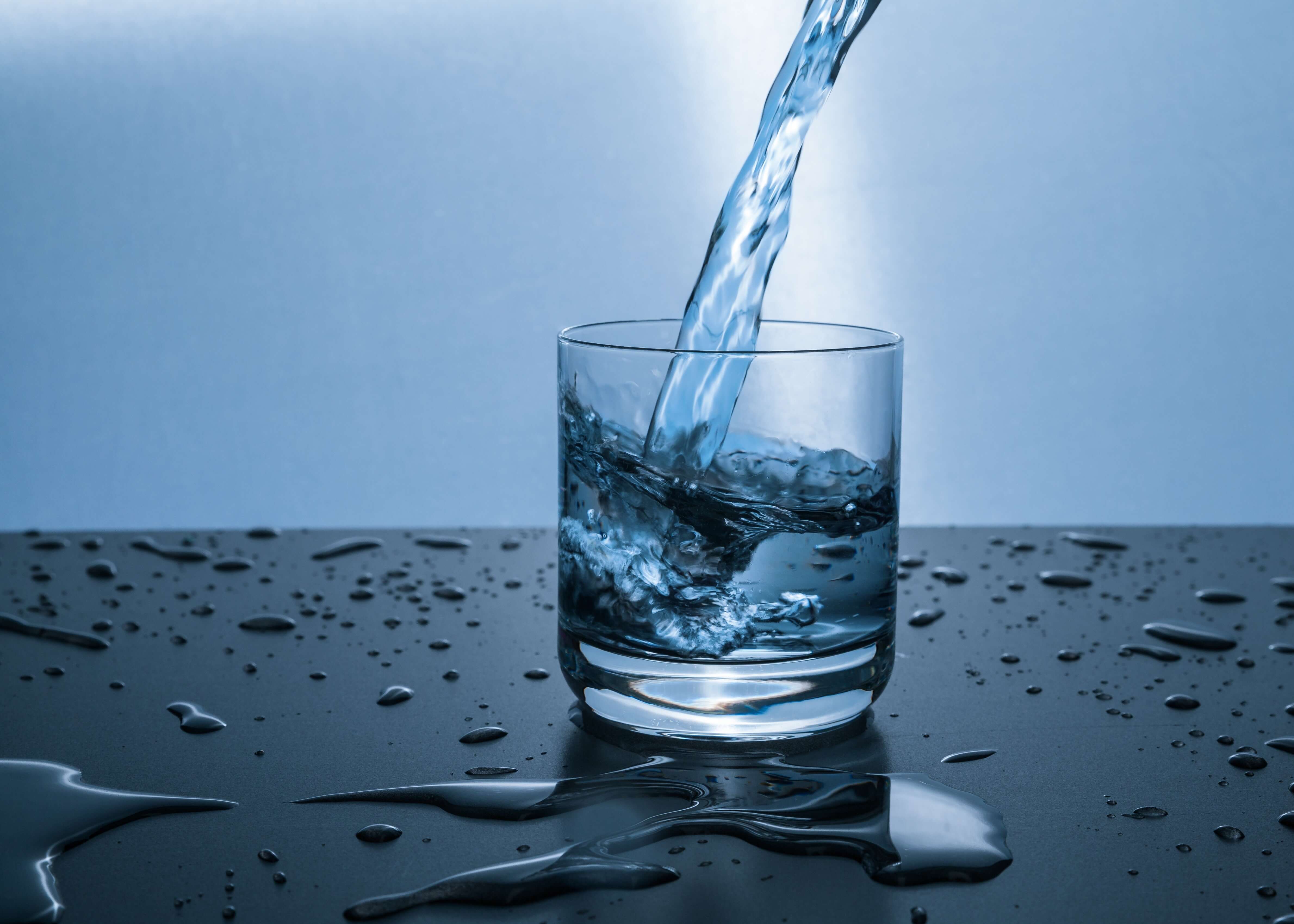
Myth #1: water-saving toilets are as good as useless
Before 1994, toilets used 13.2l of water per flush. However, it was in 1992 when new water saving standards were introduced in the U.S. which initiated work on a new toilet concept based on the same principle as the original toilets, however, with lower water consumption for every flush.
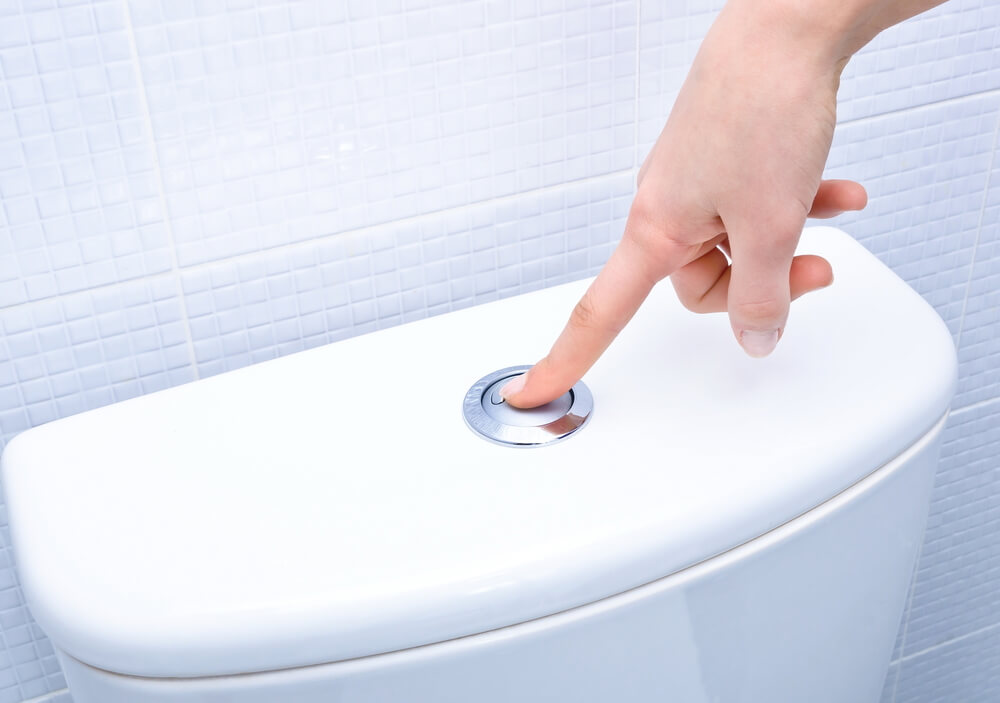
First low-flow toilets faced performance difficulties still remembered by many until today. Nowadays, the toilets have low flow and great performance.
The newest water-saving toilets achieve the same performance using about 6 liters per flush. These are certified with the EPA WaterSense label and meet the highest water consumption requirements.
Myth #2: hand washing saves water
As far as water use is concerned, dishwashers still achieve better performance and save more water. The newest models use about 30 percent less water compared with hand washing.
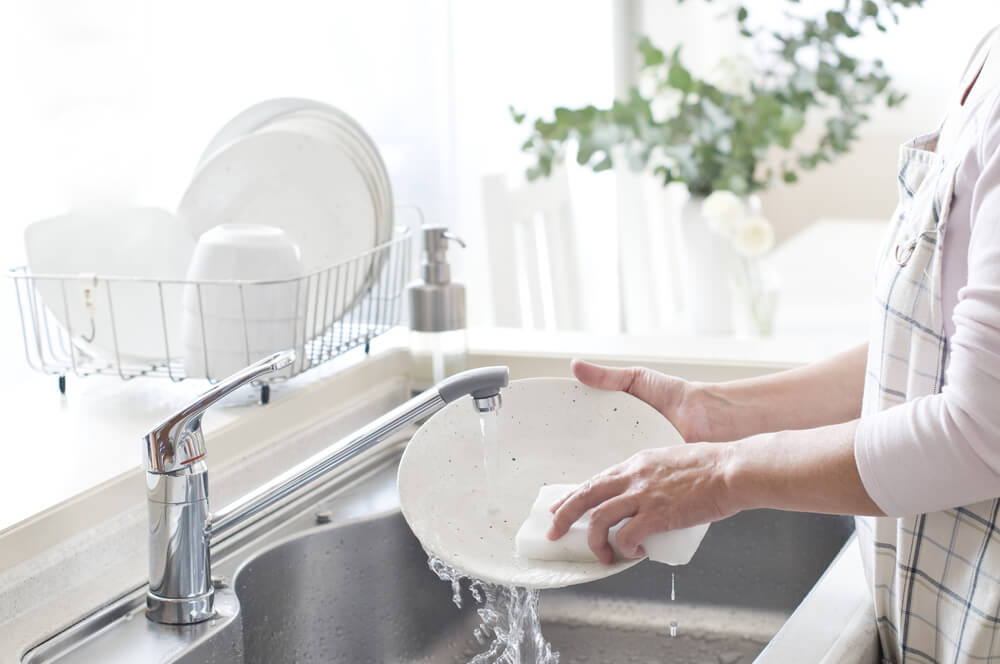
Do you wash the dishes by hand? It might be an unpleasant surprise that you use about 30 per cent more water than a water-saving dishwasher.
A common mistake is pre-rinsing the dishes before putting them to the dishwasher. Always remove only the large debris and throw them in the trash bin. The dishwasher deals with the smaller ones itself.
Myth #3: washing your car at home is more eco-friendly
This is the one of the most famous myths and a complete nonsense at the same time. Car washes are equipped with car wash lines designed and manufactured to achieve as low water consumption as possible.
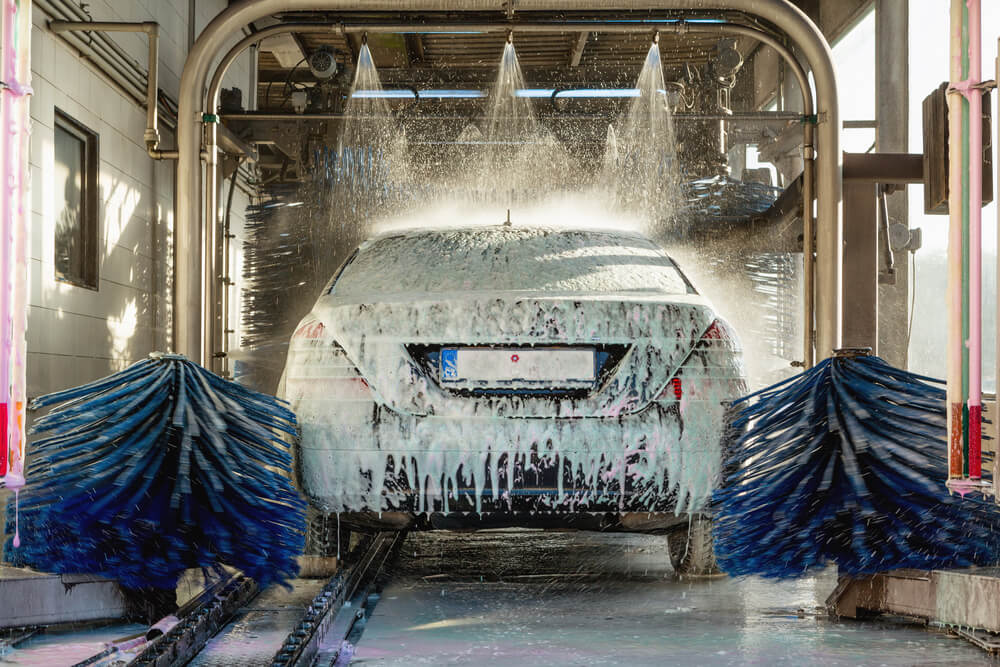
Car wash lines are continuously developed and improved, reducing their water consumption.
The difference between washing your car at home and in a professional car wash station is the program used. Regular and eco-programs use about 56 liters while the less saving programs need about 283 liters.
And how much water is used for a hand car wash? It’s 378 liters per one wash! We advise you to wash your car at a car wash station and use eco-programs.
Myth #4: less water is required to produce a paper bag than a plastic one
Even though one-time plastic bags have a negative impact on the environment, don’t forget that more water is required to produce a paper bag than a plastic one.
Paper bags also have higher energy requirements and produce more greenhouse gas emissions. Therefore, use them repeatedly so they serve its purpose as long as possible.
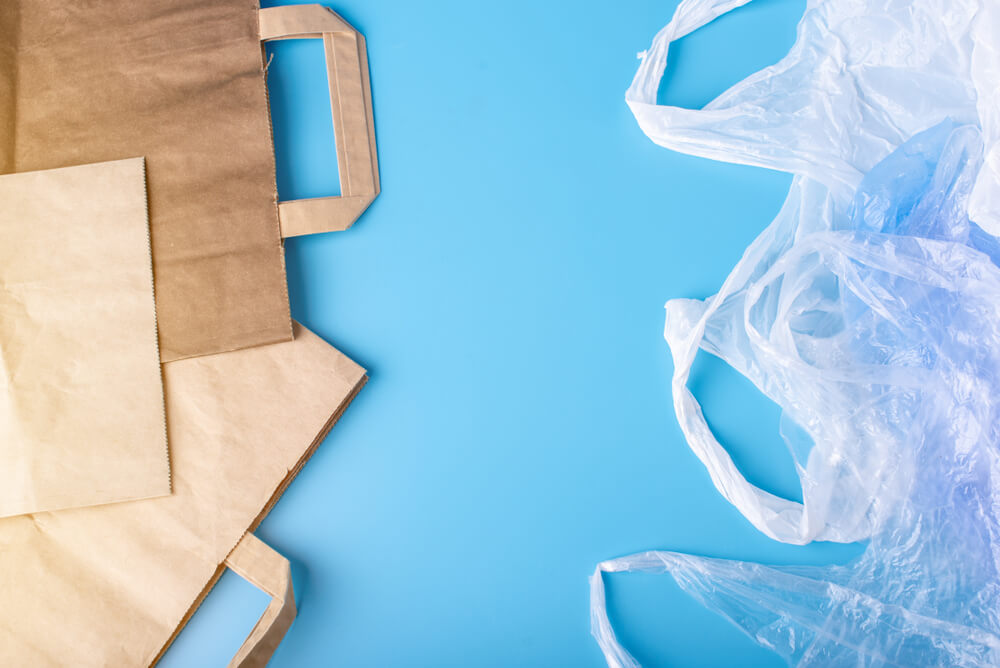
Paper bags are more degradable and more eco-friendly. Their production, however, comes with higher greenhouse gas emissions and energy and water overuse.
Myth #5: it is okay to buy bottled water because I recycle them
No, it is not okay. First, the plastic bottles must be produced and that is a very environment-intensive process. Production of plastic bottles has high energy demands, wastes other sources and produces greenhouse gas.
Then, the bottles must be filled with water, packed and shipped to the stores, generating more and more costs.
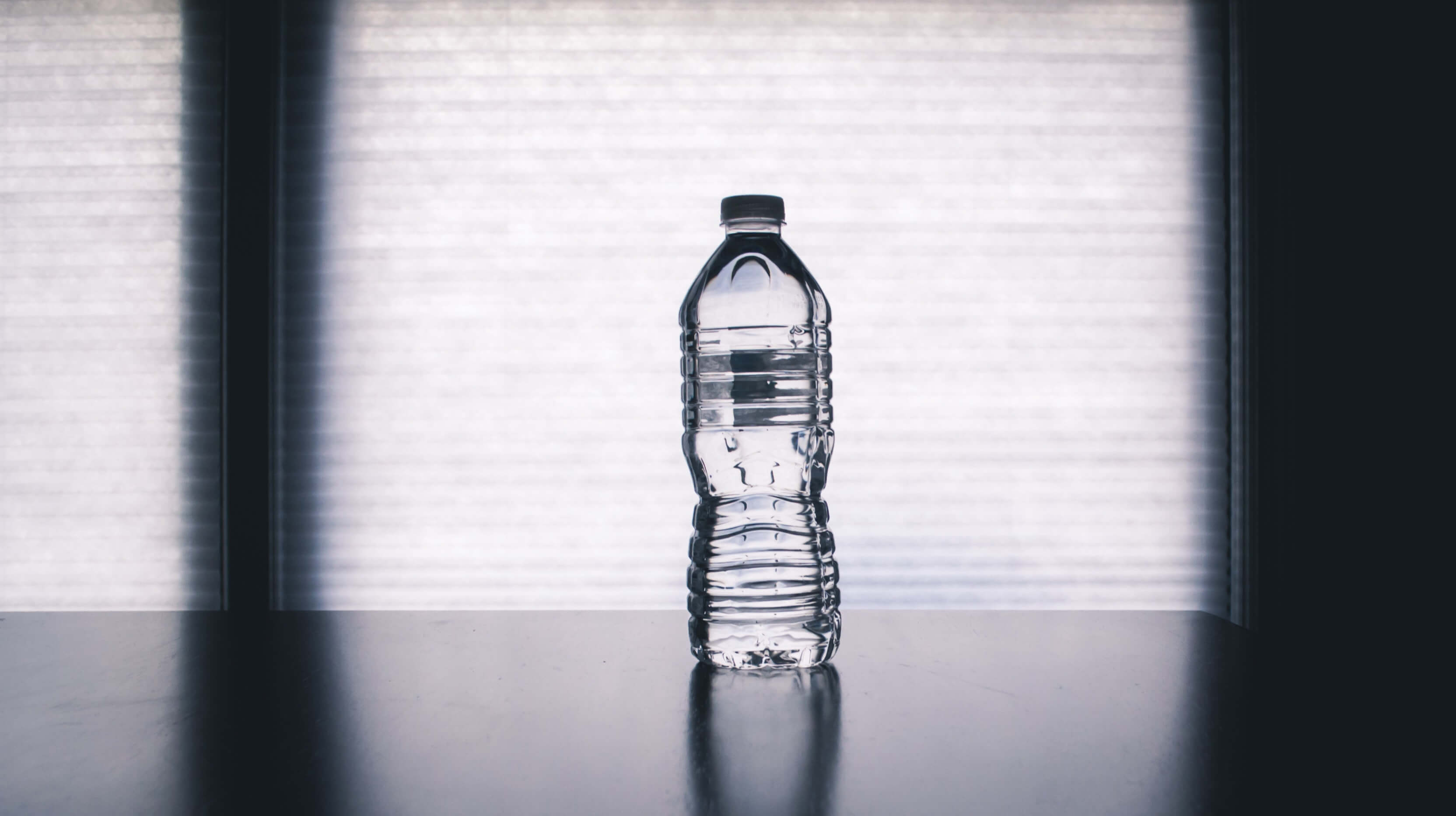
Let’s continue. Transport and the transport-related emissions, production of packages, working with people, product advertisement etc. Behind every bottle of water on the shelf at the supermarket, there is a lot of work, processes and especially high number of harmful substances resulting from the production.
On the other hand, it is easier to take a glass and drink tap water, without travelling and shopping, without bottle production and with no recycling of bottles which is still only a drop in the ocean in terms of treatment and disposal.
Myth #6: there is not enough water for all anyway
Water is one of the renewable resources. The problem is, with growing population, water renewal takes a lot of time.
Even though there are places on Earth with extremely high water scarcity, the cause is merely poor water management. Water resources are unevenly distributed to particular parts of the world.
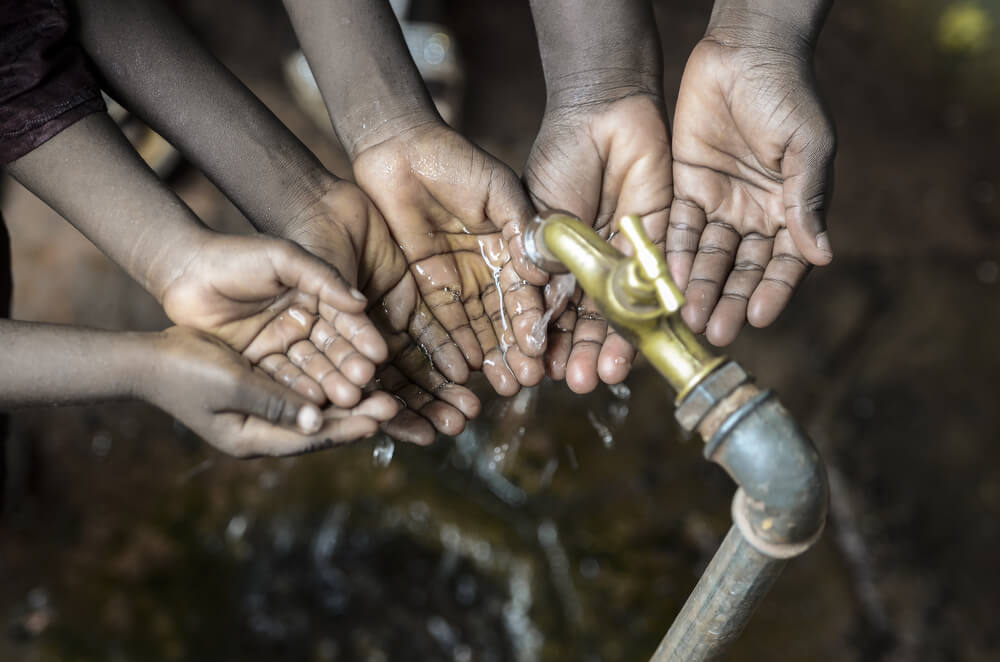
The improvement of water management and balancing the uneven drinking water supply is the key.
The water scarcity myth was born out of money, geopolitical situation, and the government failing to provide drinking water for all. Water needs to be saved, protected, effectively used, and evenly distributed all across the world. Only then can it be guaranteed for all.
Myth #7: water desalination is the only solution
This process of removal of salt from seawater is one of the difficult and still cost-intensive solutions for turning the seawater into freshwater.
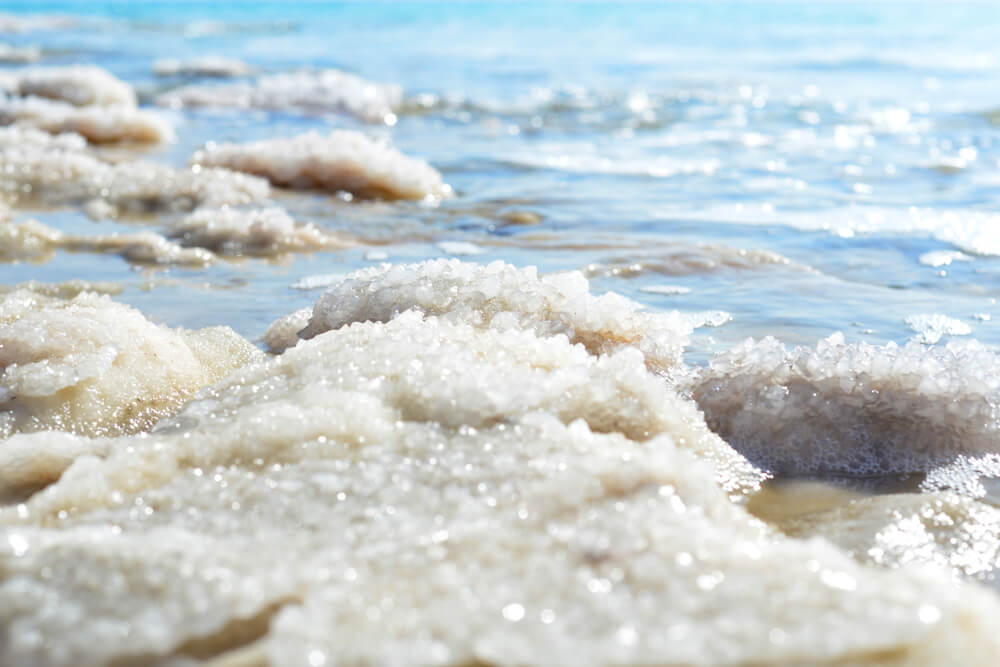
Seawater desalination is still a difficult and cost-intensive process.
Furthermore, desalination has limited capacities and produces waste materials contributing to environmental pollution.
More articles
How can we help with state-of-the-art wastewater treatment technologies in Slovakia?
In one of my previous blog posts I have been writing about why we have very few top technologies beeing commonly used in the field of wastewater...
